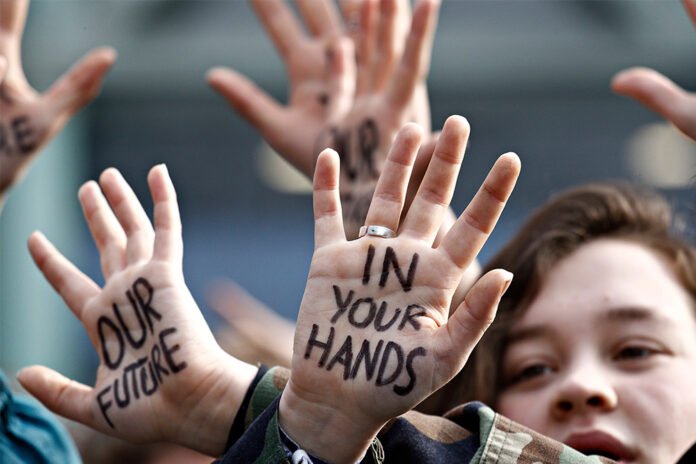Blue denim jeans are found in the wardrobe of most persons from cowboys to presidents, supermodels to gardeners. Denim, a heavy-duty cotton twill, is one of our most enduring and versatile wardrobe staples.
According to Levi Strauss & Co., a pair of 501 jeans, the company’s signature cut, used nearly 3,000 liters of water by the time it hit the shop floor and emitted 20 kilograms of CO2e (a measure that encompasses all greenhouse gases). We see denim with indigo or faded blue; high-rise or low-rise; made into dresses, shirts, skirts, and even tuxedos. It is worth noting that more than one billion pairs of jeans are sold yearly. Its fabric also comes at a heavy cost.
Thousands of cotton fields in India, China, the US, Brazil, or Pakistan, are the five countries that make up 75 percent of global cotton production. After ginning cotton fiber is spun into yarn and dyed which in the case of Denim is an indigo dye. Once woven and sewn into garments, fashionable faded looks are created through finishing processes such as sandblasting, stonewashing, and acid-washing. It’s a long and complicated supply chain spanning multiple countries and businesses.
Each step comes with a significant environmental effect. Prolific use of pesticides and fertilizers is bad for both nature and human workers. The indigo dye used to be natural, made from the leaves of the Indigofera tinctoria plant, or true indigo. Now, however, the vast majority of dye is synthetic and contains toxic pollutants, including formaldehyde and cyanide. In some parts of the world, waste from the dyeing process is dumped straight into waterways, tinting rivers the colors of the forthcoming fashion season. Finishing processes can be equally polluting, resource-intensive, and dangerous for workers who, too often, aren’t given the right protective equipment.
Most of these problems aren’t restricted to denim production. Cotton is used in about half of all textiles. But the ubiquity of blue jeans makes them a powerful symbol. What will it take to turn them green?
The first step is making denim’s origins completely traceable. If a brand doesn’t know what’s happening in its supply chain, then it can’t ensure that it’s making a positive impact — or not having a negative one.
But there’s one drawback: expense. Though there are some innovative brands willing to invest, Wells said that brands typically want to keep things cost-neutral, making it much harder for sustainable startups to scale and subsequently lower prices.



